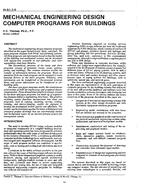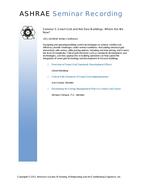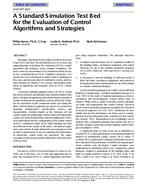Click here to purchase
This study investigated the impacts of the COVID-19 pandemic on the electricity consumption of a university dormitory building in the southern U.S. The historical electricity consumption data of this university dormitory building and weather data of an on-campus weather station, which were collected from January 1st, 2017 to July 31st, 2020, were used for analysis. Four inverse data-driven prediction models, i.e., Artificial Neural Network, Long Short-Term Memory Recurrent Neural Network, eXtreme Gradient Boosting, and Light Gradient Boosting Machine, were exploited to account for the influence of the weather conditions. The results suggested that the total electricity consumption of the objective building decreased by nearly 41% (about 276,000 kWh (942 MMBtu)) compared with the prediction value during the campus shutdown due to the COVID-19. Besides, the daily load ratio (DLR) varied significantly as well. In general, the DLR decreased gradually from 80% to nearly 40% in the second half of March 2020, maintained on a relatively stable level between 30% to 60% in April, May, and June 2020, and then slowly recovered to 80% of the normal capacity in July 2020.
Citation: 2021 Virtual Conference Papers
Product Details
- Published:
- 2021
- Number of Pages:
- 10
- Units of Measure:
- Dual
- File Size:
- 1 file , 3 MB
- Product Code(s):
- D-VC-21A-C001
- Note:
- This product is unavailable in Belarus, Russia


